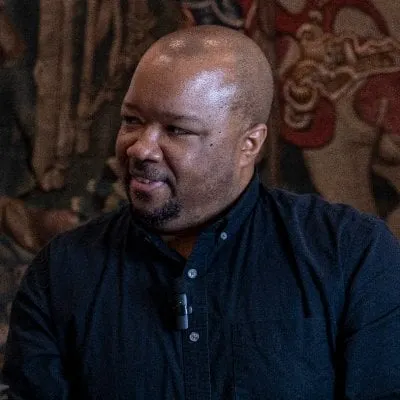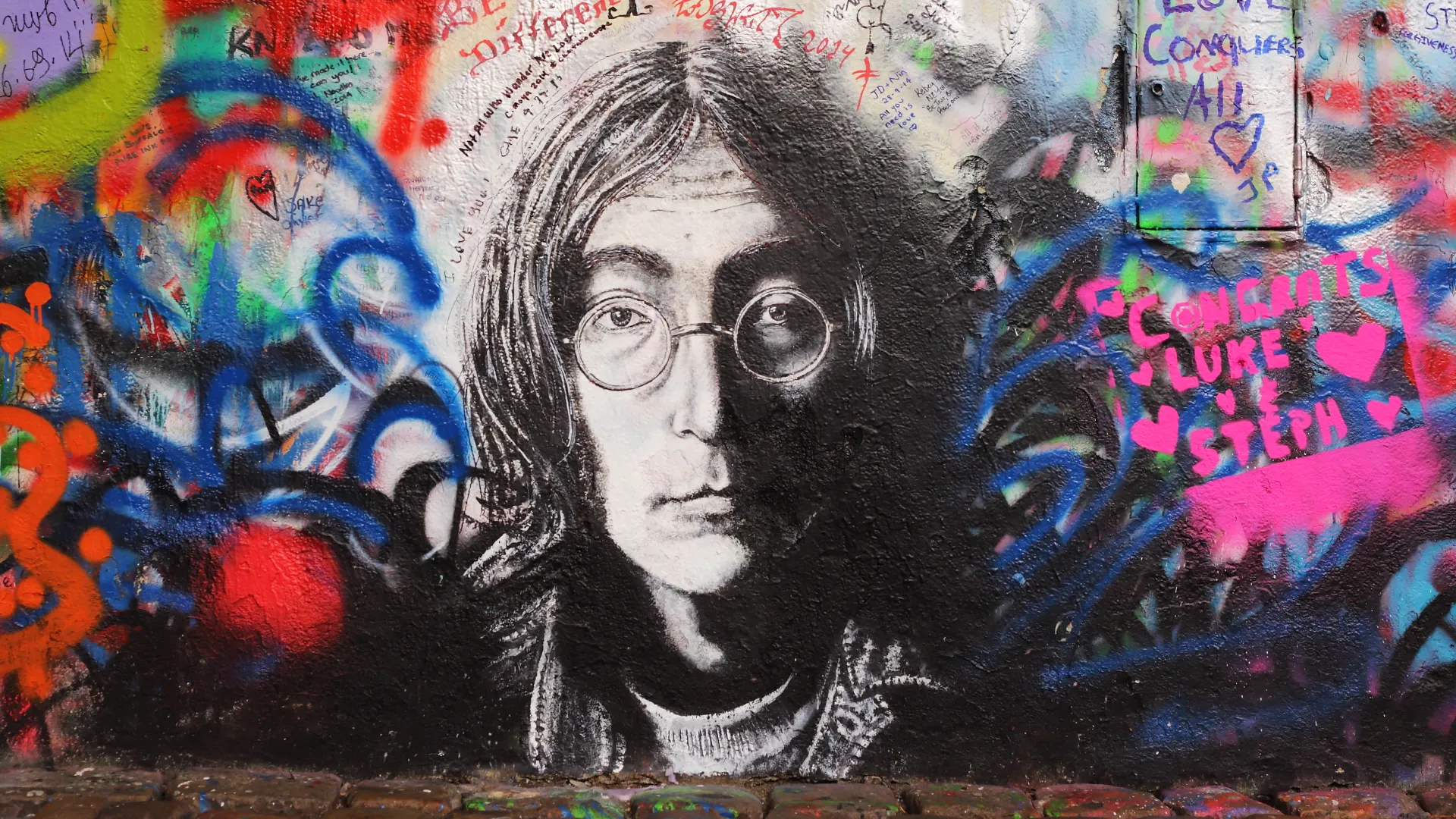After months of teasing, the long-awaited “final song” from the Beatles, ‘Now and Then,’ dropped on Thursday. Bringing the legendary rock group back for one last track was made possible through artificial intelligence, which helped bring together the musical stylings of John Lennon, George Harrison, Paul McCartney, and Ringo Starr to complete the new song.
‘Now and Then’ is based on a 1978 demo by Beatles lead singer John Lennon, who was assassinated in New York City in 1980.
“I do remember living at the Dakota with dad and mom,” Lennon’s son, Sean Ono Lennon, said in the ‘Now and Then’ behind-the-scenes documentary. “There's this impression that my dad stopped doing music for a while to raise me, which I think is partially true in terms of him not touring and not fulfilling any major record label obligations. But he was always playing music around the house. He was always making demos.”
Lennon said he recalled his father recording into cassette recorders and that his mother, artist and peace activist Yoko Ono, gave the tapes to the other band members.
“Let's say I had a chance to ask John,” McCartney reminisced. “Hey, John, would you like us to finish this last song of yours? I'm telling you, I know the answer would have been, ‘Yeah.’ He would love that.”
#NowAndThen is now available to listen to worldwide!https://t.co/jQtFaz5rfG pic.twitter.com/bXEgL8dGJJ
— The Beatles (@thebeatles) November 2, 2023
McCartney said that the band had previously tried to record ‘Now and Then,’ but the task was challenging because in Lennon’s demo tape, the piano often overpowered Lennon's voice, and they did not have the technology to separate them at the time.
Fast forward to 2021, and working with the creative and technical team behind the Lord of the Rings trilogy—which helped produce Peter Jackson’s 2021 Beatles documentary, “Get Back”—a clean extraction of Lennon's signature voice could be produced. ‘Now and Then’ could finally be completed.
In June, McCartney teased that a final song by the Beatles was in the works thanks to AI, which had been trained to recognize the band members’ voices.
“During the course of ‘Get Back,’ we were paying a lot of attention to the technical restoration that ultimately led us to develop a technology which allows us to take any soundtrack and split all the different components into separate tracks based on machine learning,” Director and Producer Peter Jackson said in the documentary.
“They said this is the sound of John's voice,” McCartney recalled. “A few seconds later, and there it was, John's voice crystal clear,” adding that thanks to the technology, the band could make a proper record.
Others leveraging generative AI include Nirvana bassist Krist Novoselic, who said the band had used the technology for the 30th-anniversary edition of the band's final album ‘In Utero.’
“We took the digital audio tapes from the soundboard in Rome, Seattle, and Los Angeles, then the AI separated all the instruments, and we got a really good mix out of it,” Novoselic told NME.
Up until recently, generative AI audio models were making headlines primarily due to unofficial “collaborations” and remixes, including the infamous ‘Heart on My Sleeve’ AI-generated song emulating artists Drake and The Weeknd, and a remix of The Weeknd’s ‘Starboy’ featuring an AI-generated Selena Gomez.
“Since Peter took John off and gave him his own track,” Beatles drummer Ringo Starr added. “It's like John's there—it's far out.”
Starr said that he and McCartney recorded new drum and bass tracks to pair with the updated recordings of Lennon and mixes of Harrison, who passed away in 2001. But while working on the new song, McCartney said, they had to keep the true nature of the project “hush hugh” from other musicians brought in to add instrumentals.
“Wow, this is it,” McCartney said. “Now it’s a Beatles record.”
Edited by Ryan Ozawa.

